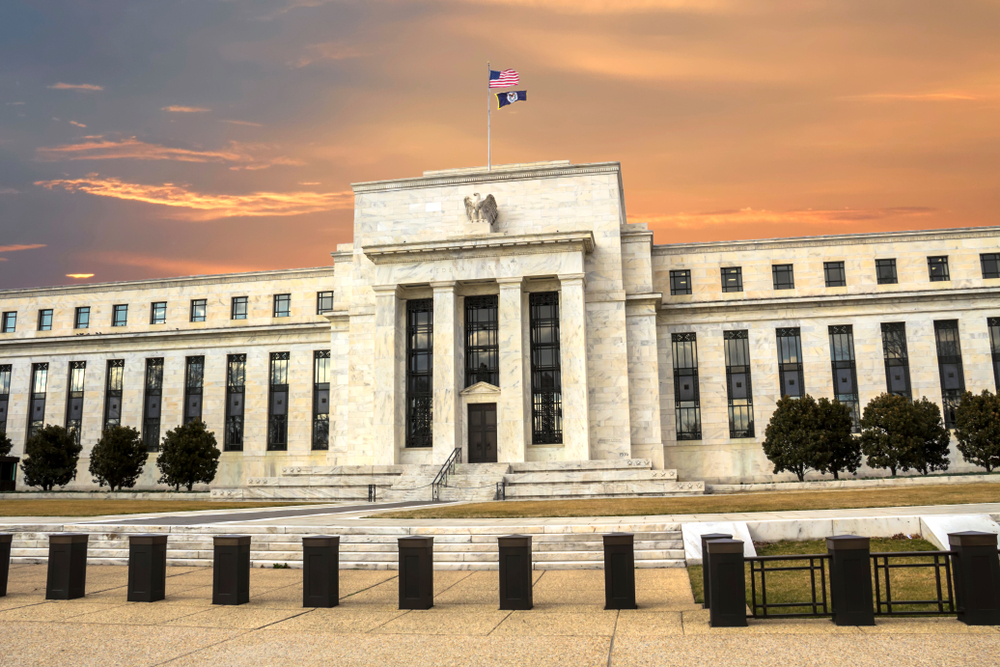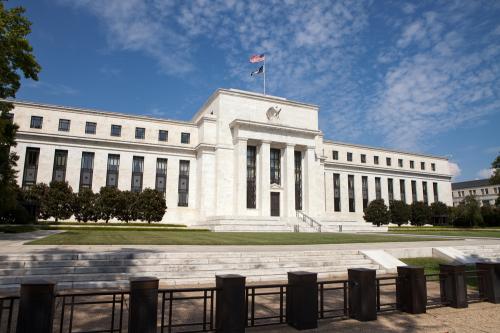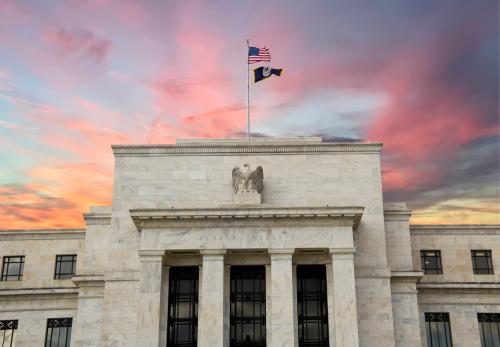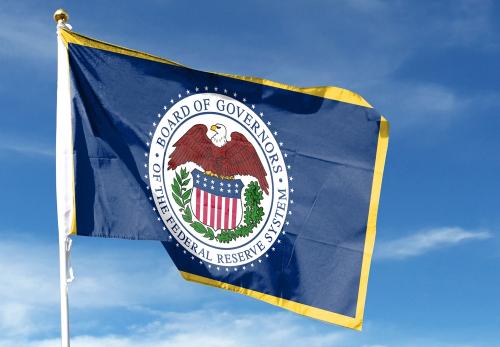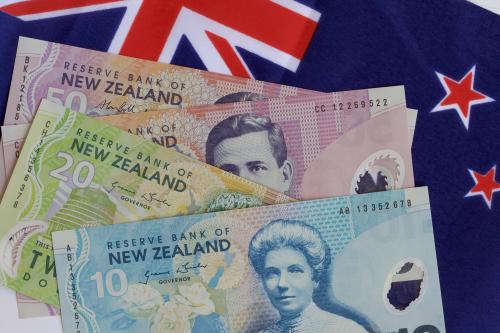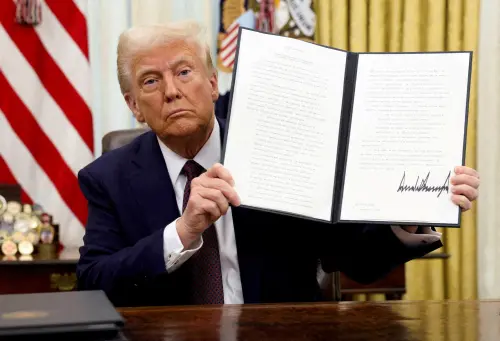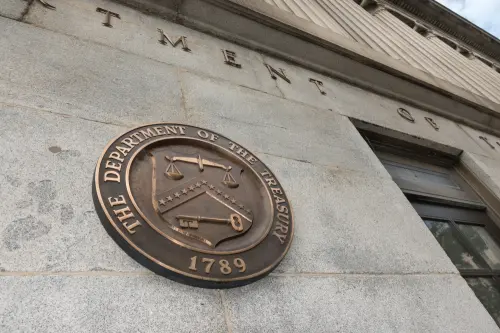A discussion of this paper by Economic Studies senior fellow Don Kohn may be read here.
Why have some of the Federal Reserve’s attempts at disinflation since World War II been successful, while others have been failures? We investigate that question by focusing on the thinking and behavior of Fed policymakers, using transcripts of their meetings, speeches, congressional testimony, and newspaper accounts. Our central finding is that a fundamental determinant of success was the Fed’s commitment to disinflation at the beginning of its attempts. In episodes where its commitment was high, there were significant declines in inflation that were often long-lasting, while in ones where its commitment was low, falls in inflation were at most small and short-lived. For example, in 1981, policymakers felt they had erred in backing away from disinflationary policy in spring 1980, and were willing to accept large output losses to finally get inflation down. On the other hand, in 1978, policymakers were adamant that they wanted no more than a mild slowing of output growth, and believed that monetary policy could not reduce inflation on its own. Examining nine attempts at disinflation, we conclude that Fed policymakers were very committed to disinflation in the 1958, 1979, and 1981 episodes; moderately committed in the 1947, 1955, and 1988 episodes; and only weakly committed in the 1968, 1974, and 1978 episodes.
This question takes on particular relevance in 2024 because the Federal Reserve is currently engaged in another attempt to reduce inflation. What does history suggest about its likely chance of success? Because transcripts of the Fed’s 2022 meetings won’t be made public until 2028, it’s too soon for a definitive assessment. Nonetheless, the overall weight of the available evidence points to the Fed being strongly committed to reducing inflation—similar to its commitment in the 1958, 1979, and 1981 episodes. We cannot rule out the possibility of a major financial, fiscal, or geopolitical crisis or of political or institutional upheaval that will make history a poor guide to the current episode. But based on history, the most likely outcome of today’s attempt at disinflation is that monetary policymakers will persevere in their disinflationary efforts until they have brought inflation down to, or very close to, their long-run target.
-
Acknowledgements and disclosures
The Brookings Institution is financed through the support of a diverse array of foundations, corporations, governments, individuals, as well as an endowment. A list of donors can be found in our annual reports published online here. The findings, interpretations, and conclusions in this report are solely those of its author(s) and are not influenced by any donation.
The Brookings Institution is committed to quality, independence, and impact.
We are supported by a diverse array of funders. In line with our values and policies, each Brookings publication represents the sole views of its author(s).


